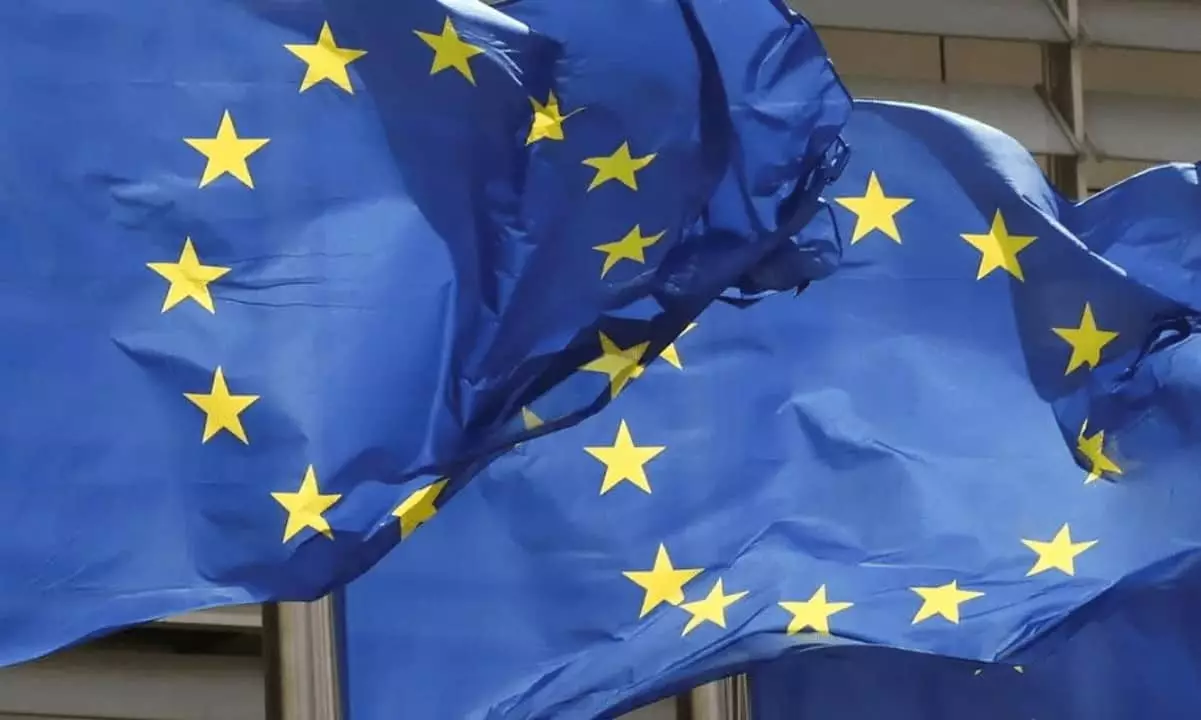Six months into its full implementation, the Markets in Crypto-Assets (MiCA) regulation heralds a transformative chapter for Europe’s digital asset landscape. While officially positioned as a pioneering effort to bring order and oversight to a chaotic market, the true implications reveal a complex interplay of opportunities and obstacles. Central to this initiative are licensing requirements, stablecoin approvals, and compliance measures that collectively reshape the competitive dynamics of the continent’s nascent crypto sector. Yet, beneath the surface lies a cautionary tale about overreach and the risk of stifling innovation in pursuit of regulatory clarity.
Europe’s regulators have set a formidable goal: to establish a unified, transparent, and robust framework that grants legitimacy to crypto firms while safeguarding consumers. The early numbers display cautious optimism. As of July, a handful of stablecoin issuers—namely 14 firms across seven nations—have achieved authorization. The landscape is still evolving, with licensed entities spanning traditional banks like BBVA, fintech innovators like N26, and crypto giants such as Coinbase and Kraken. However, the absence of asset-referenced tokens (ARTs) in the marketplace signals a disconnect. Despite regulatory clarity, market demand for stablecoins linked to specific assets remains tepid, suggesting that the regulations might not yet align with entrepreneurial appetites or investor appetite for such instruments.
The Regulatory Bottleneck and Its Uneven Impact
While MiCA aims to level the playing field, the reality paints a more nuanced picture. Many firms—over 35 according to reports—are facing obstacles that push them toward non-compliance or exit. Italy’s CONSOB, for example, has identified numerous firms flouting the rules, exposing cracks in the regulatory sieve. This uneven enforcement could lead to market fragmentation, where compliant firms gain an uneven advantage, while non-compliant entities continue operating in gray zones or converting to less transparent models.
Furthermore, the effort to license over 9 jurisdictions reveals a patchwork of administrative efficiency and resistance. The Dutch AFM emerges as a proactive authority, but delays and bureaucratic hurdles threaten to slow the promised benefits of passporting services across the Union. The expectation that hundreds of companies will soon adapt their compliance frameworks simply cannot be overlooked—this transition is costly, particularly for startups and smaller firms that face higher operational costs and the risk of being edged out by well-capitalized incumbents with better regulatory resources.
Prospects: Growth, Transparency, or Regulatory Overreach?
Looking ahead, the outlook is a mixture of hope and skepticism. On one hand, the projected growth of Europe’s crypto market—potentially reaching $1.2 trillion by 2025—paints a compelling vision of a continent embracing blockchain innovation within a regulated environment. Data indicates that more than 60% of investors believe MiCA will boost transparency and reduce fraud—ambitious claims that, if realized, could restore confidence in the sector.
On the other hand, the compliance burden could serve as a barrier rather than an enabler. Nearly half of crypto startups anticipate increased operational costs, which could deter innovative projects or push activity underground. The regulatory architecture risks becoming a double-edged sword: while it promises investor protection and market legitimacy, it may also constrain the flexibility necessary for true innovation.
Moreover, the slow emergence of market-dependent tokens—like asset-referenced stablecoins—points to a cautious market that prefers proven assets over experimental offerings. This restrained appetite might suggest that regulation, despite its intentions, is prematurely curbing the raw energy that once characterized Europe’s crypto scene.
In sum, MiCA’s rollout exemplifies Europe’s courage to attempt regulation at a scale that many jurisdictions would shy away from. Yet, as history suggests, predictability and overregulation can dampen the entrepreneurial spirit. The challenge for Europe lies in balancing regulatory oversight with the freedoms necessary to propel its crypto sector toward sustainable growth. Failure to do so risks turning a promising revolution into a costly, bureaucratic quagmire—an outcome that might harm the very innovation Europe seeks to nurture.


Leave a Reply